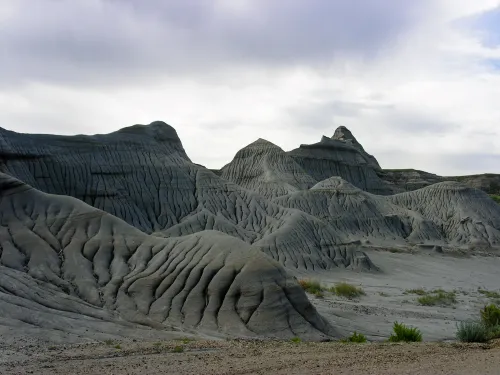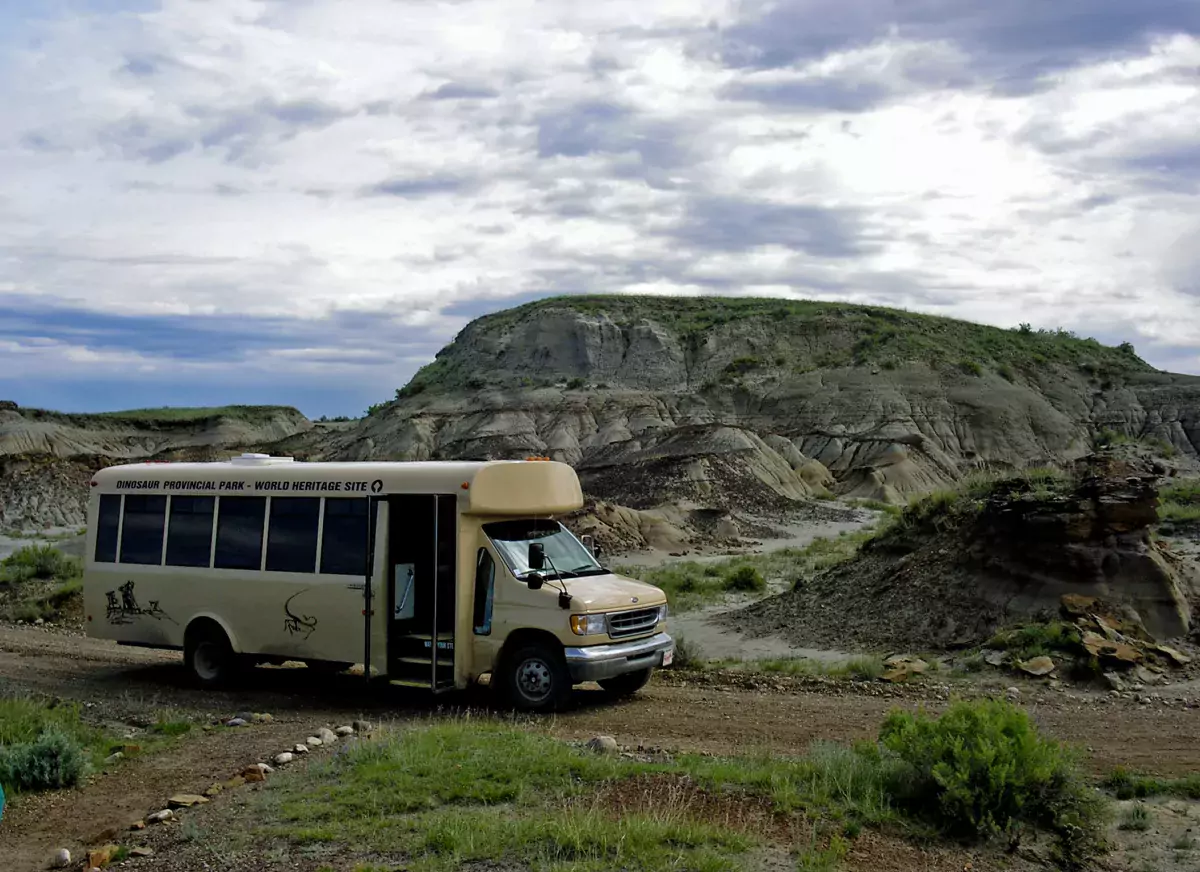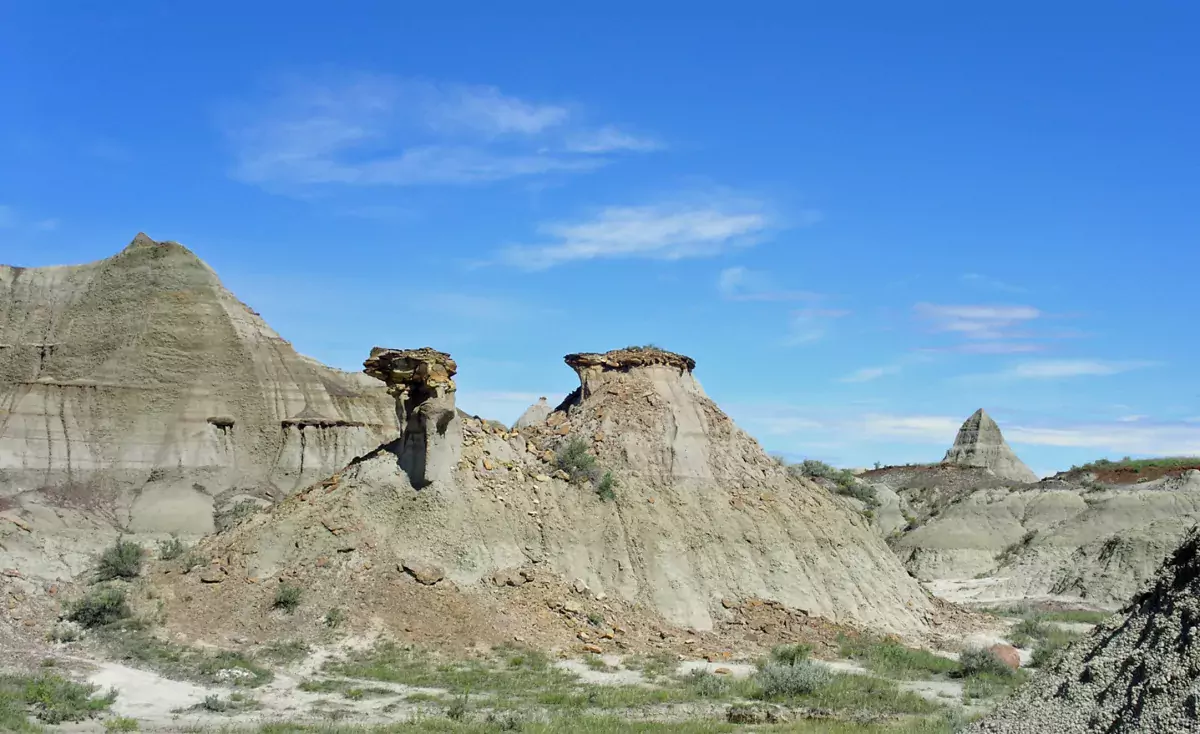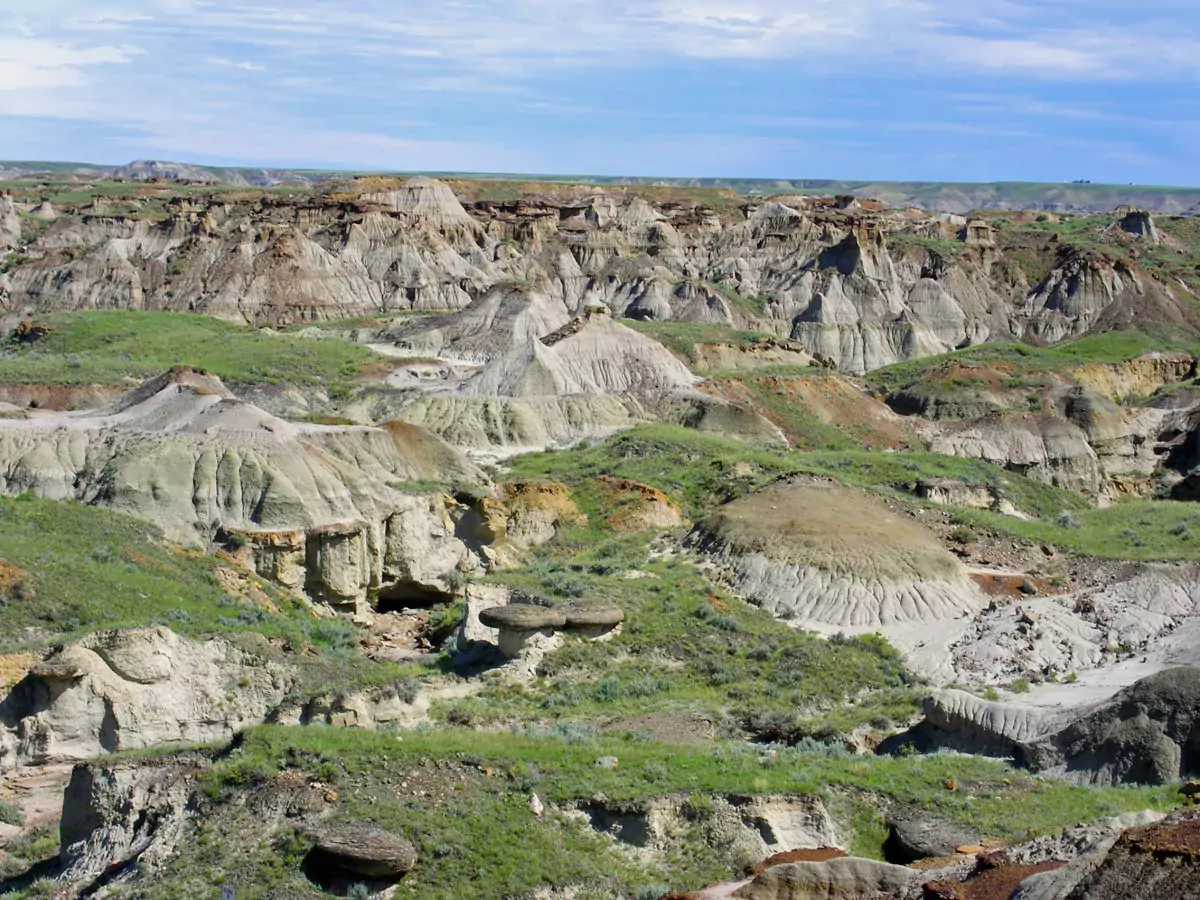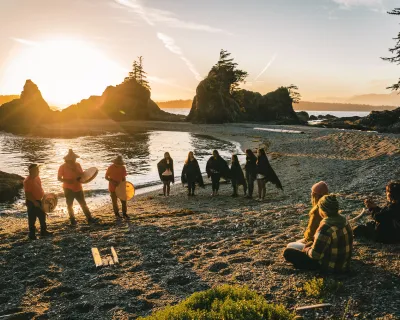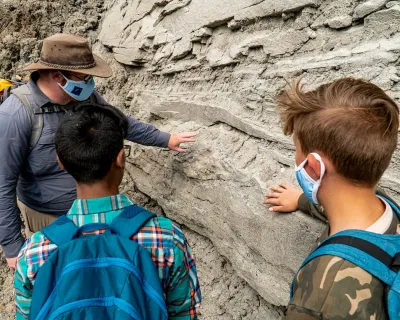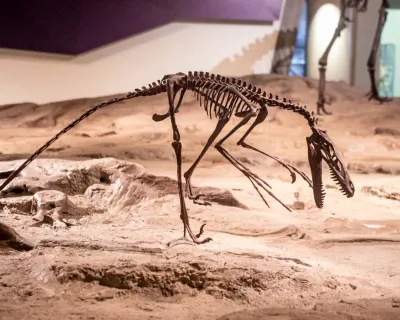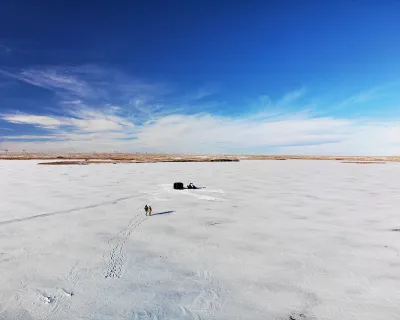Discovering dinosaurs in Dinosaur Provincial Park
Discovering dinosaurs in Dinosaur Provincial Park
As we pulled into the parking lot at Dinosaur Provincial Park, we couldn’t help but feel a twinge of excitement about our upcoming Fossil Safari Tour. This adventure into the backcountry of the park had been on the “To-Do’ list for the family for too long.
It was our first visit and though we weren’t quite sure what to expect, we were pretty sure this place had something to do with real dinosaurs. When you’re in the midst of the towering misshapen hoodoos and lunar-like landscape of Dinosaur Provincial Park, it’s hard to imagine this place as a subtropical paradise filled with palm trees and ferns. But 75 million years ago, dinosaurs roamed here. So many dinosaurs in fact that this spot is a UNESCO World Heritage Site that contains the highest concentration of Cretaceous fossils in the world.
Looking for even more Zen inspiration? Subscribe to our YouTube channel
With a handful of other budding paleontologists comprised from families to seniors, we excitedly boarded the tour bus that would take us into the otherwise inaccessible Natural Preserve. Most of the park is classified as Natural Preserve - only accessed via a guided tour. This is mainly to protect the many dinosaur fossils that have yet to be excavated from this site.
The Fossil Safari is one of the regular interpretive programs on offer. It takes visitors to several key areas of the Natural Preserve and promises to teach you the secrets of finding fossils. The program is also designed to help you learn to identify different kinds of fossils – leaf imprints, remains of turtles, fish, mammals and dinosaurs.
Travel back to the Cretaceous
The scenery in the park is incredible and other-worldly. Driving through the Natural Preserve we passed strangely beautiful sandstone hoodoos. We stepped off the bus in several different locations and our guide, Jayne pointed out the unique geological features of the surrounding landscape. Some hoodoos have such a characteristic shape that people have named them. Our kids loved Phred the Camel and began trying to identify more animal shapes in the eroded rock.
At one stop, we stood around a small roped off area while Jayne pointed out several fossils that were lying on the ground partially uncovered by natural erosion. It would be easy to think they were just rocks, but as she pointed out the features of each piece of exposed fossil we began to understand how you recognize the difference between a rock and a fossil. Then she set us loose to explore a small area not far from the road. “I’d like you to search for fossils in this section over here,” said Jayne. “Let me know if you find any.”
Discover for yourself
looking closely, we were amazed at how many fossils we saw in a small area. After a few minutes, our family had identified many different fossils. Jayne said that forty different dinosaur species had been discovered in the park and that more than 500 specimens had been removed and exhibited in museums, but the work of excavation is ongoing. She said that one major find featured a bone bed containing the remains of more than 200 Centrosaurus (horned dinosaur) specimens believed to have perished in a flash flood.
Finding real fossils made everyone feel like real paleontologists. As we boarded the bus to go back to the visitor centre, we felt privileged to have spent some time in this magical and mysterious place. There is no other place like it.
Know before you go
- Park programs generally operate from mid-May to mid-October. Bookings for interpretive tours and the campground are advisable anytime and generally essential for mid-summer. For more information, visit the Alberta Parks Website or contact the Dinosaur Provincial Park Visitor Centre at 403-378-4342
- You can stay in nearby Brooks or try out the park’s comfort camping where your tent is already pitched, there’s a wood floor, heating, lights, real beds, a gas BBQ and cooking utensils.
- Be sure to check out the John Ware Cabin near the visitor centre. John Ware was an African-American cowboy who was one of the legendary horsemen of Canada’s Wild West.
Like Our Facebook Page
